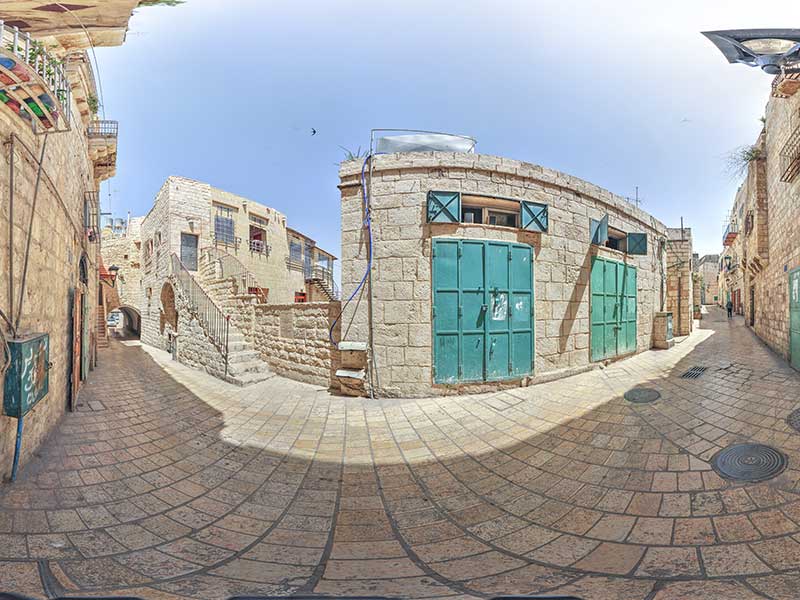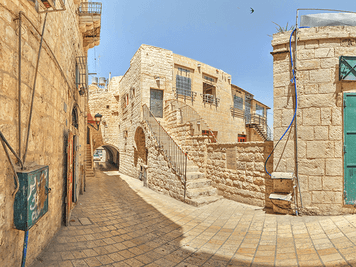- A gray cat slinks past a wooden house. There’s something a little intimidating attempting to describe.
- Error: Please check if you enter Instagram username and Access Token in Theme Setting > Social Profiles
Menu
- Home
Get in Touch
Our Story
Looking forward to a trip is the best feeling in the world. Grow an exciting anticipation by enjoying our real-feel virtual tours.Sponsors
A great story needs tried-and-true partners. We’ve paired up with reputable associates and we are happy to welcome new people on board.Contact Us
Ready to start a journey of a lifetime? Make your travel plan here by choosing what you enjoy the most. - Explore
- SEE & DO
Attraction and Landmark
Historical sites
Awaken your own storyteller with genuine tales about past royals who made an impact on today’s civilization.Religious Sites
In the Holy Land, the biggest cradle of world religions and hundreds of holy places, God has a special plan for you.Museums
Carry on your travel with picture-perfect memories from local museums.Natural View Sites
A visit to an authentic place is like a thousand-word postcard.Old Buildings
The architecture of cities has a story, Be Ready to explore itExperiences & Activities
Roads “Masarat”
Call yourself a pilgrim, a nomad or an adventurer? These are the roads you need to take if you truly want to know Palestine.Cultural Experience
Craving for foreign hearts and exotic minds? Fill your life with original Palestinian adventures created across centuriesSports and Clubs
Animals
This is your chance to ride a camel, check out native bird species and explore the practices of local shepherds.Food
Taste the best falafel and knafeh, and get inside the traditional Palestinian cooking experience - Stay
- Enjoy
- Join us






